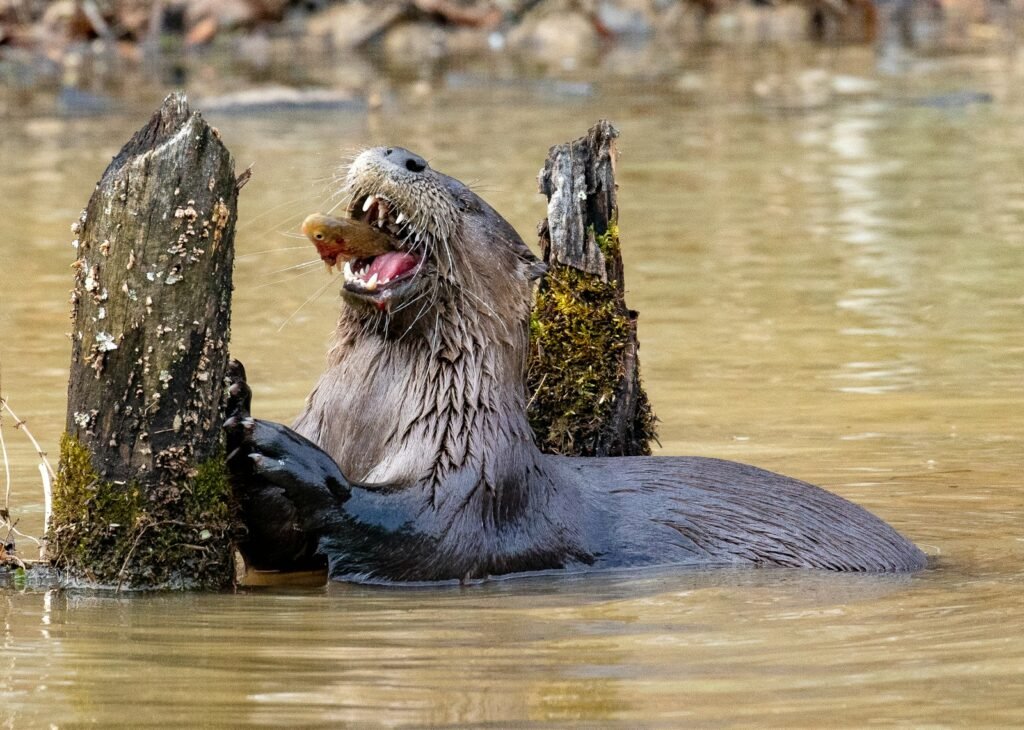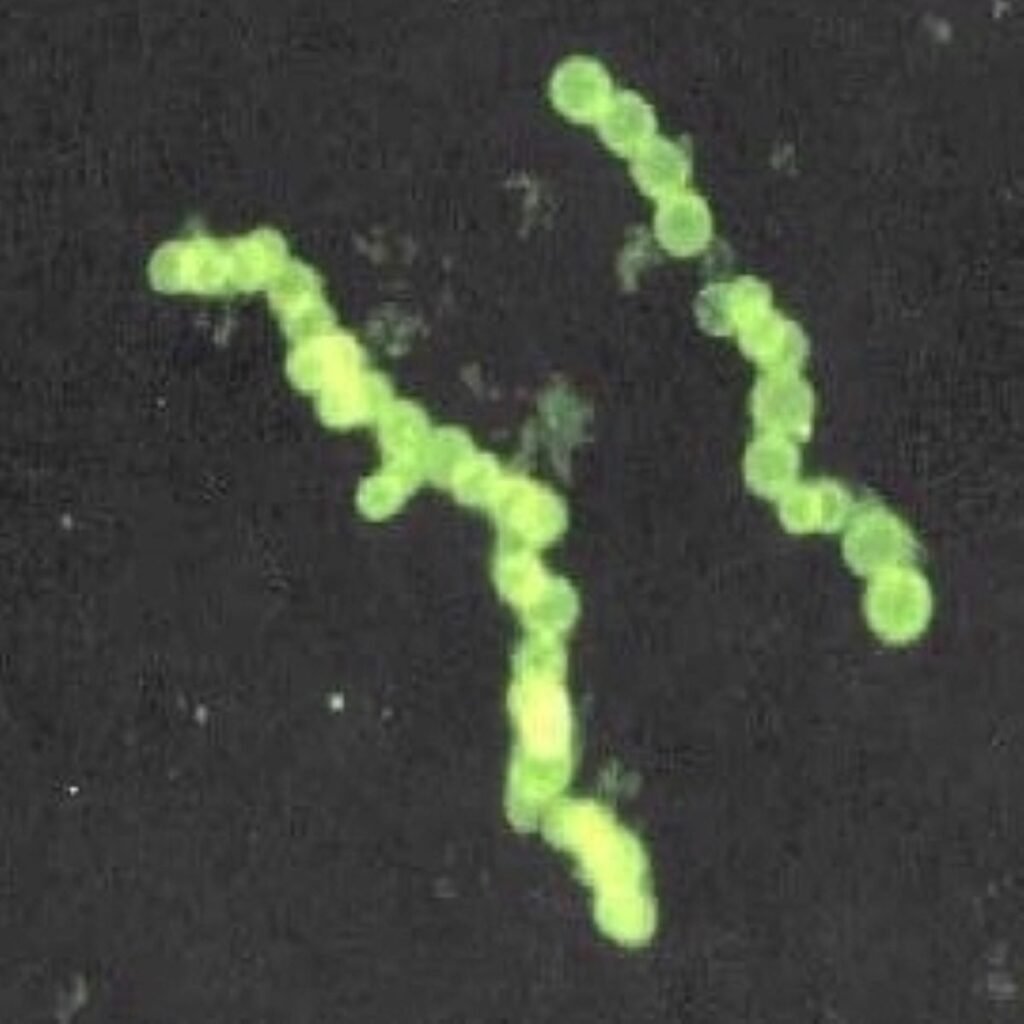Imagine a world beneath the waves, teeming with vibrant life and vivid colors. This is the underwater paradise that coral reefs create, acting as the rainforests of the ocean. However, these vital ecosystems have been under severe threat due to climate change, pollution, and overfishing. Astonishingly, a new hope is emerging from an unexpected source: artificial coral reefs. These man-made structures are not only helping to restore ocean ecosystems but are doing so at a pace that has surprised scientists and conservationists alike.
The Plight of Natural Coral Reefs
Coral reefs are essential for marine biodiversity, providing food and shelter for a quarter of all marine species. Yet, they are among the most threatened ecosystems on the planet. Rising sea temperatures cause coral bleaching, where corals expel the symbiotic algae that give them color and nutrients. Without these algae, corals starve and die. Pollution from land-based activities further exacerbates the problem, smothering corals and disrupting their growth. The loss of coral reefs is not just an environmental issue; it affects millions of people who rely on them for food, coastal protection, and income from tourism.
What Are Artificial Coral Reefs?
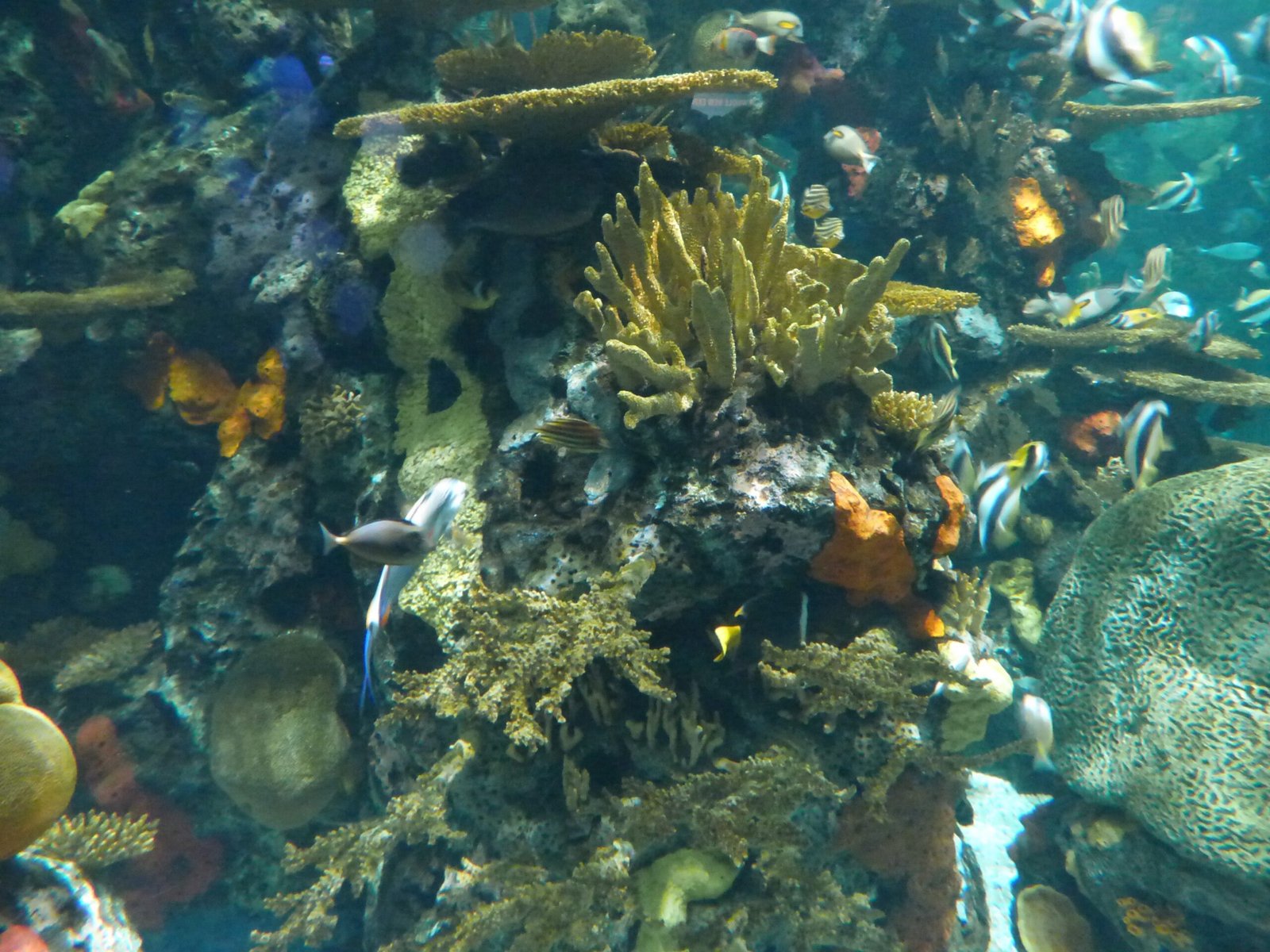
Artificial coral reefs are human-made structures designed to mimic the functions of natural reefs. They can be made from a variety of materials, including concrete, steel, and even old ships. The idea is to provide a hard surface for corals to attach to and grow. These structures are strategically placed in areas where natural reefs have been damaged or destroyed. By offering a stable foundation, artificial reefs encourage the settlement of corals and other marine organisms, kick-starting the recovery process of the ecosystem.
The Science Behind Artificial Reefs
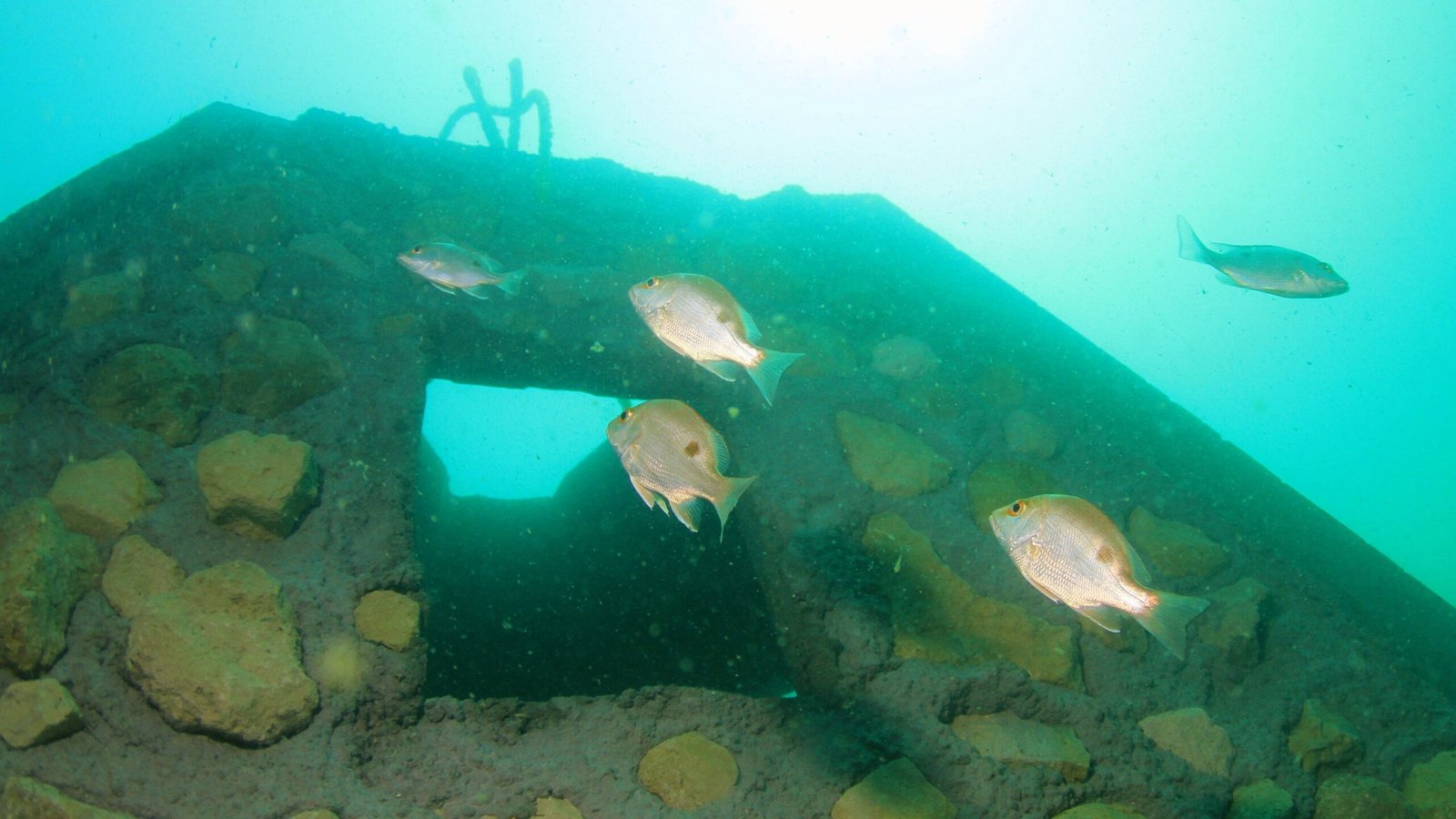
The success of artificial reefs lies in their design and material. Scientists and engineers collaborate to create structures that are not only durable but also environmentally friendly. Materials used are chosen for their ability to attract marine life and withstand harsh ocean conditions. Some innovative designs incorporate bioactive materials that promote coral growth. By studying the natural processes of coral reef formation, researchers have been able to create artificial reefs that serve as effective surrogates for their natural counterparts.
Accelerating Ecosystem Recovery
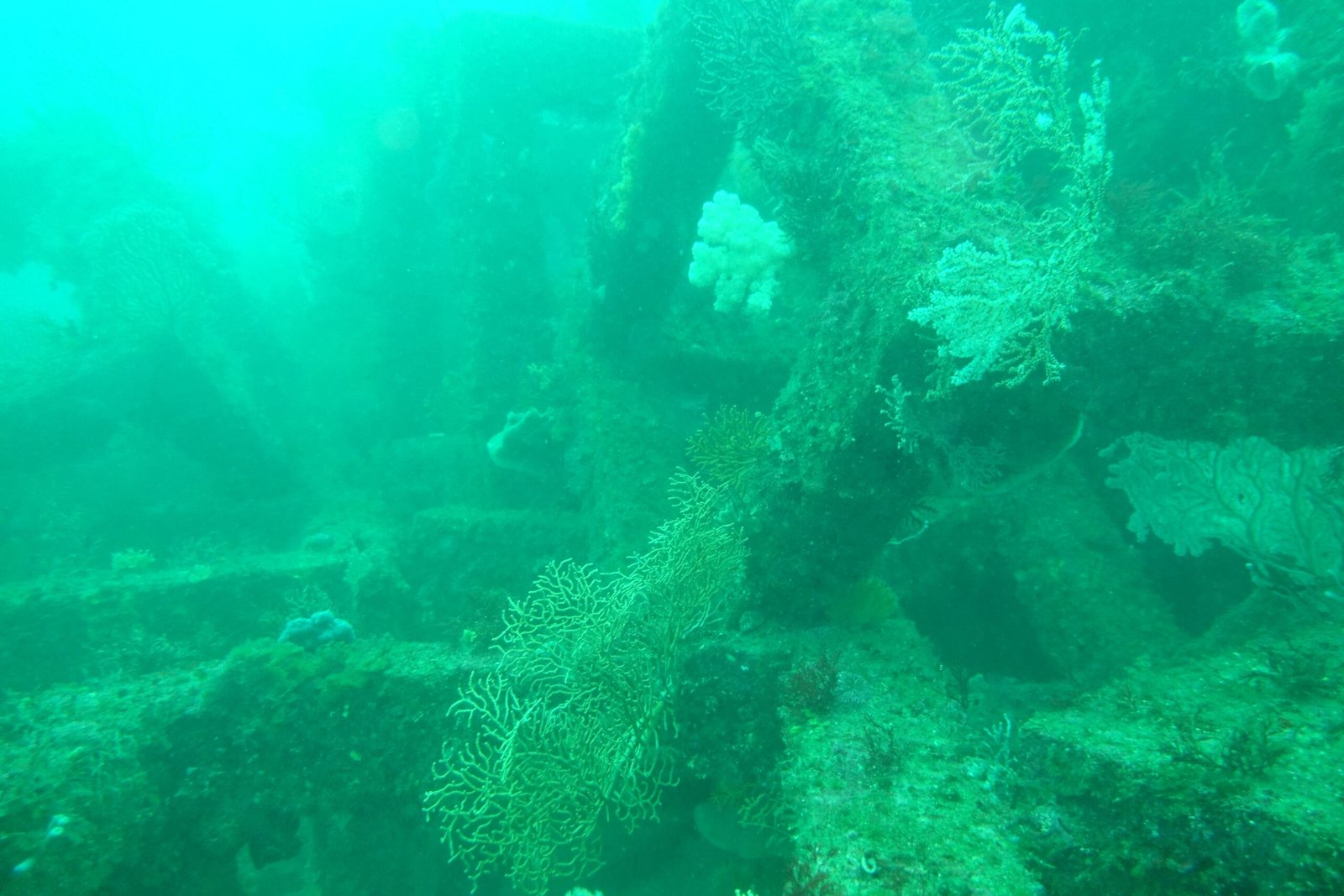
One of the most remarkable aspects of artificial reefs is the speed at which they can rejuvenate an area. Studies have shown that these structures can attract marine life within weeks of installation. Fish, crustaceans, and other organisms quickly colonize the new habitat, bringing life back to barren underwater landscapes. Corals begin to recruit and grow, forming the building blocks of a thriving ecosystem. This rapid recovery not only aids in biodiversity conservation but also helps stabilize local fisheries and boost tourism.
Real-World Success Stories
Around the globe, artificial reefs are being deployed with impressive results. In Florida, the installation of artificial reefs has led to the resurgence of local fish populations, benefiting both the environment and the fishing industry. In Australia, artificial reefs have been used to support the Great Barrier Reef, one of the most iconic marine ecosystems. These projects demonstrate the potential of artificial reefs to serve as effective tools in marine conservation and restoration efforts.
Community Involvement and Benefits
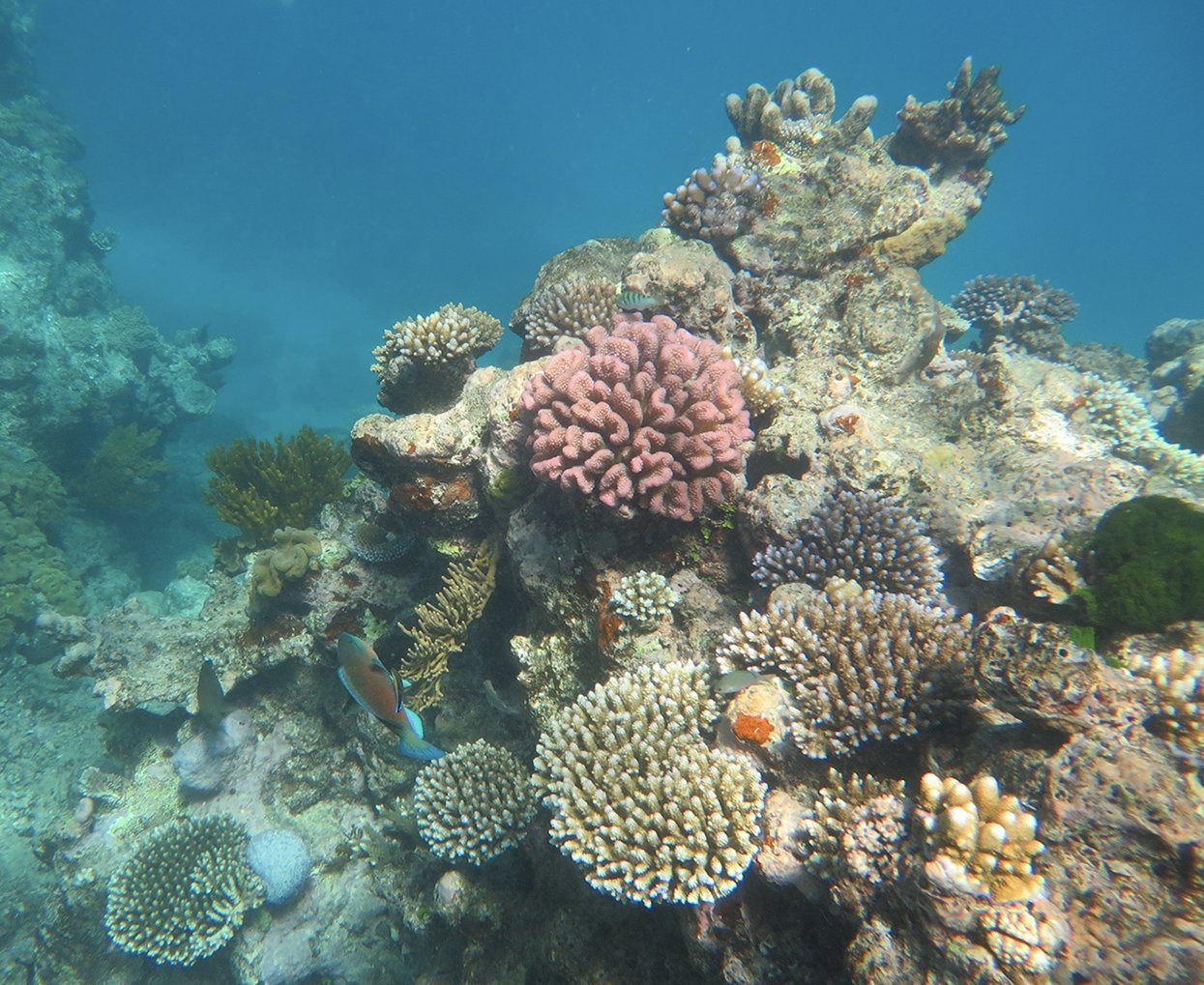
Community engagement plays a crucial role in the success of artificial reef projects. Local stakeholders, including fishermen, conservationists, and government agencies, often collaborate in the planning and implementation stages. This involvement ensures that the reefs are placed in locations where they will have the most significant impact. Additionally, artificial reefs can provide economic benefits to coastal communities by enhancing fisheries and attracting tourists interested in diving and snorkeling.
Environmental and Ethical Considerations
While artificial reefs offer numerous benefits, they also come with challenges. It is essential to ensure that the materials used do not harm the environment or introduce pollutants into the ocean. Furthermore, the placement of artificial reefs must be carefully considered to avoid disrupting existing marine habitats. Ethical considerations also arise when balancing human intervention with natural processes. Ongoing research and monitoring are necessary to address these issues and optimize the effectiveness of artificial reefs.
Innovations in Artificial Reef Design
The field of artificial reef design is constantly evolving, with new technologies and materials being developed. 3D printing, for example, offers the ability to create complex structures that closely mimic natural reef formations. Researchers are also experimenting with materials that can release nutrients or have bioactive properties to enhance coral growth. These innovations hold promise for creating more effective and sustainable artificial reefs in the future.
The Role of Artificial Reefs in Climate Change Mitigation
Artificial reefs have the potential to play a significant role in mitigating the impacts of climate change on marine ecosystems. By providing alternative habitats, they can help buffer the effects of coral bleaching and ocean acidification. Additionally, healthy reefs can sequester carbon, contributing to global efforts to reduce greenhouse gas emissions. As the climate crisis continues to threaten our oceans, artificial reefs offer a glimmer of hope for preserving marine biodiversity.
Looking Ahead: The Future of Coral Reef Restoration
The future of coral reef restoration lies in a combination of strategies, including the use of artificial reefs. These man-made structures are not a panacea, but they represent a valuable tool in the fight to save our oceans. Continued research, innovation, and collaboration are essential to maximize their potential and ensure the long-term health of marine ecosystems. By fostering a deeper understanding of the ocean’s complexities, we can work towards a more sustainable and resilient future for coral reefs and the myriad of life they support.


